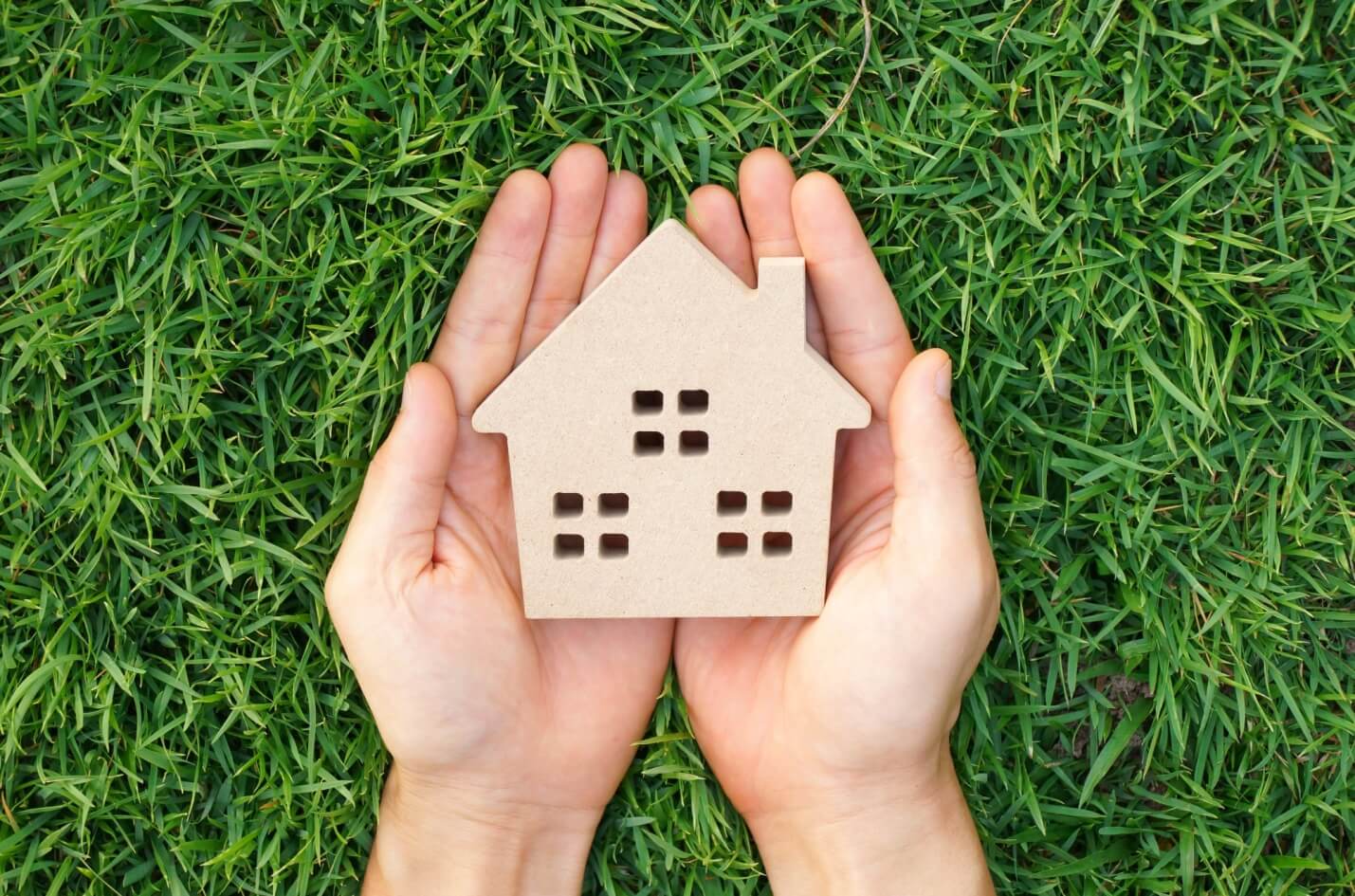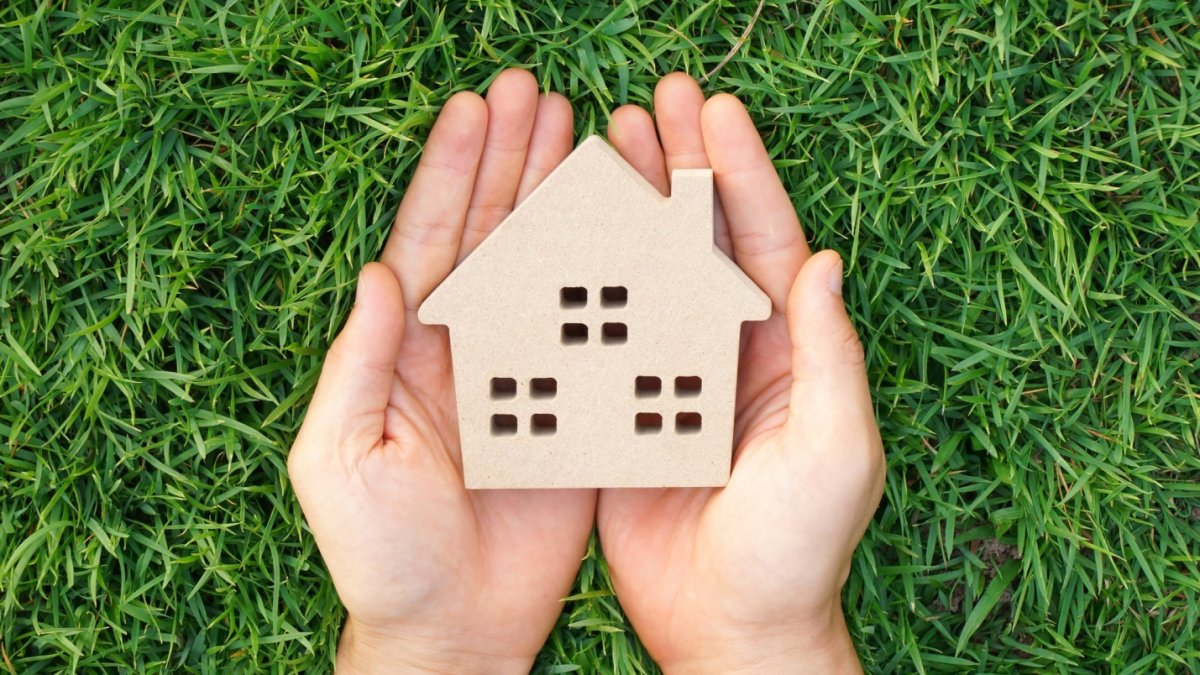
Did you know that many homeowners want energy efficient appliances? From solar power to energy efficient appliances, there is no shortage of ways to reduce your carbon footprint.
If you purchase an Energy Star appliance, for example, you can save 10%-50% of the energy that would normally be used. Even better, solar panels can reduce your energy bills by as much as 90%.
Want to learn more about the benefits of solar power? Keep reading.
1. Install Solar Panels
Have you ever considered installing a solar power system in your home? You will invest a significant amount of money upfront. However, some states will provide different incentives to help home buyers.
Your solar power system will help you save on energy bills. You will also lower your reliance on the power grid. Don’t worry about losing power during the next storm.
Research what incentives are available in your area. Work with a reputable solar installation company. They will tell you what grants or help are available in your area.
2. Insulate Your Attic and Walls
Excellent insulation will slow the rate of heat leaving your home in the winter. It will also slow the rate of hot air entering your house in the summer. You won’t need as much energy to cool or heat the home.
If your home doesn’t have wall insulation, consider adding blown-in insulation. It will improve energy efficiency and make your home more comfortable.
Is your attic unfinished? You might want to upgrade the insulation. Also, the contractor and the materials they use are critical.
Foam, fiberglass, and cellulose insulation materials lower the heat conduction of a wall system.
You want a contractor with experience who can install it properly. The contractor should use an infrared camera either after or during to search for voids.
3. Replace or Upgrade the Windows
Do you have leaking or old windows? You should buy energy-efficient windows. You could also boost the efficiency of your windows by getting weatherstripping.
Some homeowners will invest in storm windows.
Window replacements are a top project to consider if you plan to sell your home. Future home buyers will like your home if you have new windows.
Buyers don’t want to complete an expensive replacement project.
4. Add Shrubs and Trees Around Your Home
Do you own an older home? You can save energy by adding some trees or shrubs around your house. It will also improve the landscape.
Plant trees and shrubs around the house’s west side. In the summer, the tree foliage will end up blocking infrared radiation.
5. Get an Energy-Efficient Furnace System
Was your furnace built before the 90s? If it has a standing pilot, it could waste a large percent of the fuel it uses. Also, if it’s an older system, it might be almost at the end of its lifespan.
You might want to consider an early replacement. Look at getting a condensing furnace. You’ll experience a more energy-efficient option. Kep resetting your thermostat from time to time according to the season to ensure efficiency.
Your furnace might have an annual fuel utilization efficiency (AFUE) rating that’s higher.
An energy auditor will help you figure out the AFUE of your current system. You can decide to replace it or keep it. The savings will remain similar to the replacement.
Does your home have a boiler and radiators? The savings from a modern condensing system could be significant. The condensing builders will reduce the circulating loop temperature.
6. Improve the Hot Water System
You should lower the temperature of your water heater. Lower it to the warm setting. Then, you should insulate the hot water lines so they won’t cool down between uses.
You should use low-flow fixtures for your baths and showers. Storage water heater standards began to improve in the early 2000s.
Now, contractors will install ‘on demand’ hot water circulating loops. These loops use a small pump to speed up a hot water delivery to remote fixtures.
They get activated when someone turns on a kitchen or bathroom tap. It turns off after the hot water reaches the fixtures. This will work great with low-flow fixtures.
A continuous recirculating hotel loop will waste a lot of hot water. It also uses a lot of electricity for pumping.
7. Swap Out Old Lightbulbs
You can complete this energy efficiency swap on the weekend. You should get compact fluorescent lightbulbs (CFL). Pick up CFLs, and remove the incandescent lightbulbs.
People don’t think about how electricity will run a lightbulb. New CFLs will cost two or three dollars, but they can last 10,000 hours.
CFLs use around 27 watts to generate the same light as a 100-watt incandescent bulb. It will use 22 dollars in electricity, so in total 25 dollars.
Incandescent light bulbs are 50 cents, but only last 1000 hours. You will need 10 of these lightbulbs to last 10,000 hours. 10,000 hours can cost more than 80 dollars.
8. Get a New Fridge
Do you have an old fridge? Consider swapping it out with an energy-efficient fridge instead. Don’t use your old fridge as a backup for extra grocery items.
The storage space can cost you energy use each year. Your new fridge that’s Energy-Star rated might cost only 30-60 dollars a year to run.
Energy efficiency in fridges has improved a lot. Keep one fridge around and avoid keeping the old and expensive one.
Invest in Energy Efficient Upgrades to Home
Think about the different upgrades to your home you would like to complete. Would you like to get energy efficient windows or change the lighting fixtures? We hope this guide on various energy-efficient fixes was helpful.
Do you want some more homeowner tips? Browse the rest of our blog for many home improvement resources.
Thomas Bennett
Related posts
Stay connected
Today's pick
- Things to Remember While Designing Your Custom Modular Kitchen in GurgaonGurgaon now known as Gurugram is the second largest city in the state of Haryana and is a reflectiossn of an ideal modern city with futuristic goals. Witnessing rapid urbanization, it has also emerged as a hub for contemporary homes, with homeowners seeking innovative and... The post Things to Remember While Designing Your Custom Modular […]

